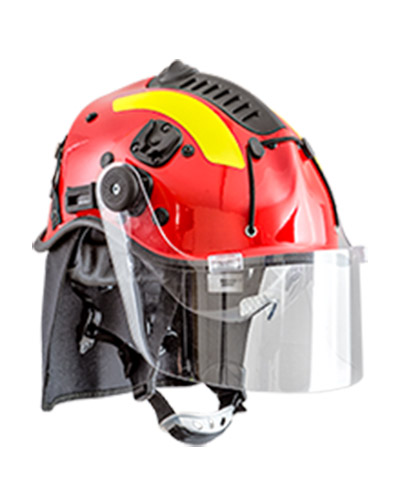Understanding the Operation of Pneumatic Actuated Butterfly Valves in Fluid Control Systems
Understanding Pneumatic Actuated Butterfly Valves Working Principles and Applications
Pneumatic actuated butterfly valves are crucial components in many industrial systems, providing efficient control of fluid flow in pipelines. Their relatively simple design and effective operation make them a popular choice in various sectors, from chemical processing to water treatment. This article explores the working principles of pneumatic actuated butterfly valves, their components, advantages, and common applications.
Working Principles
At its core, a butterfly valve consists of a disc or vane that rotates within the pipe to regulate flow. In the case of pneumatic actuated butterfly valves, the movement of this disc is controlled by a pneumatic actuator. The actuator receives compressed air and translates this pressure into mechanical movement, allowing for precise control of the valve position.
The basic operation can be broken down into several steps
1. Actuation When the actuator is supplied with compressed air, it pushes against a diaphragm or piston within the actuator. This pressure causes the actuator to rotate the valve's disc.
2. Disc Positioning The disc can be positioned at various angles, typically 0 degrees (fully closed) to 90 degrees (fully open). The precise control of the disc's position determines the flow rate through the valve.
3. Flow Control As the disc rotates, it opens or closes the passageway, allowing fluid to flow either freely or be entirely blocked. This ability to swiftly adjust flow makes these valves especially useful in dynamic process environments.
4. Return Mechanism When the pneumatic supply is cut off, spring mechanisms within the actuator often return the disc to a predetermined fail-safe position, ensuring that the system can handle pressure loss without catastrophic failure.
Components
A pneumatic actuated butterfly valve is made up of several key components
- Body The main structure that houses the valve and connects it to the pipeline. - Disc The rotating element that controls flow; it can be made of various materials depending on the application. - Seat A sealing surface that ensures tight closure of the valve when the disc is in the closed position. - Pneumatic Actuator This component provides the necessary force to operate the valve. It can be single-acting (using air pressure to open and a spring to close) or double-acting (using air pressure to both open and close).
pneumatic actuated butterfly valve working

Advantages
Pneumatic actuated butterfly valves offer several benefits, making them a preferred choice in many applications
1. Quick Operation The pneumatic actuation allows for rapid opening and closing, which is vital in processes that require immediate flow adjustments.
2. Reliable Performance These valves are known for their durability, withstanding high temperatures and pressures depending on the materials used in their construction.
3. Space Efficiency Designing a butterfly valve to occupy less space makes it advantageous in environments where space is limited.
4. Cost-Effectiveness Compared to other valve types, pneumatic actuated butterfly valves are relatively inexpensive and easy to maintain, lowering overall operational costs.
5. Versatility These valves can handle various fluids, including gases, liquids, and slurries, making them useful across numerous industries.
Applications
Pneumatic actuated butterfly valves are widely used in various industries due to their versatility. Some common applications include
- Water Treatment Plants For controlling water flow and maintaining optimal conditions in purification processes. - Chemical Processing Used to regulate the flow of chemicals in reactors and pipelines, essential for maintaining safety and efficiency. - HVAC Systems Employed in controlling airflow in heating, ventilation, and air conditioning systems. - Food and Beverage Industry Used for managing the flow of liquids and gasses while ensuring hygienic conditions.
Conclusion
Pneumatic actuated butterfly valves represent a unique blend of efficiency, durability, and ease of use. Their ability to provide quick and reliable flow control makes them indispensable in a vast array of applications. As industries continue to evolve, the demand for reliable and efficient flow control systems, such as pneumatic actuated butterfly valves, is expected to grow. Understanding their workings and applications not only aids in selecting the right type of valve for specific needs but also contributes to the overall safety and efficiency of industrial operations.
-
The Smarter Choice for Pedestrian AreasNewsJun.30,2025
-
The Gold Standard in Round Drain CoversNewsJun.30,2025
-
The Gold Standard in Manhole Cover SystemsNewsJun.30,2025
-
Superior Drainage Solutions with Premium Gully GratesNewsJun.30,2025
-
Superior Drainage Solutions for Global InfrastructureNewsJun.30,2025
-
Square Manhole Solutions for Modern InfrastructureNewsJun.30,2025
-
Premium Manhole Covers for Modern InfrastructureNewsJun.30,2025
